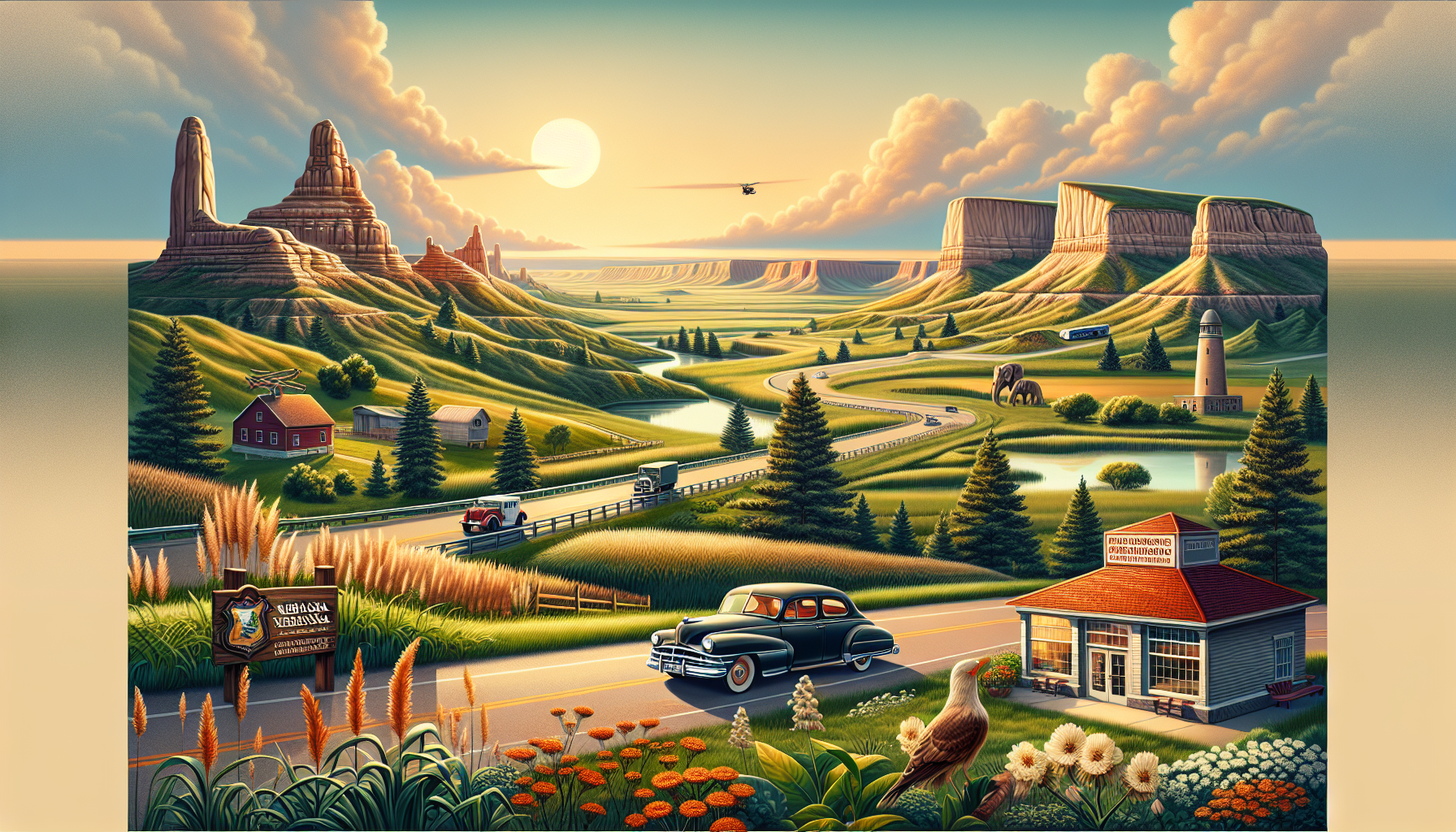Agricultural Watershed Management in Nebraska

Traveling through the rolling hills and vast plains of Nebraska, one cannot help but notice the importance of water in the state's agricultural ecosystem. As the second-largest agricultural producer in the United States, Nebraska relies heavily on efficient management of its water resources. Agricultural watershed management is a critical component of this effort, as it seeks to balance the needs of farmers, conservationists, and local communities while protecting the state's delicate ecosystem.
At its core, agricultural watershed management is a holistic approach to managing the complex relationships between land, water, and living organisms within a given watershed. This approach takes into account the unique characteristics of each watershed, including soil type, topography, and vegetation, to develop management strategies that minimize environmental impact while maximizing agricultural productivity. In Nebraska, this often involves implementing conservation tillage practices, such as no-till or reduced-till farming, which help reduce soil erosion and retain moisture in the soil.
One notable example of agricultural watershed management in Nebraska is the Missouri River Basin project, which spans across four states, including Nebraska. This project aims to reduce sedimentation and nutrient pollution in the Missouri River by implementing best management practices, such as buffer strips and terracing, on participating farms. By reducing runoff and improving soil health, farmers in the project area have seen significant improvements in crop yields and water quality.
Another example of successful agricultural watershed management in Nebraska can be found in the Platte River Basin, which flows through the heart of the state. The Platte River Recovery Implementation Program, a collaborative effort between the Nebraska Game and Parks Commission, the U.S. Fish and Wildlife Service, and local stakeholders, has helped to restore habitats for endangered species, such as the whooping crane and the piping plover. By working with farmers to implement conservation practices, such as rotational grazing and wetland restoration, the program has improved water quality and biodiversity in the basin.
In recent years, precision agriculture has emerged as a valuable tool for agricultural watershed management in Nebraska. By using advanced technologies, such as GPS, drones, and satellite imaging, farmers can gain a better understanding of their fields' unique characteristics and tailor their management strategies to meet specific needs. This approach has been particularly effective in the Rainwater Basin, a region in southeastern Nebraska known for its unique wetland ecosystems. By using precision agriculture techniques, farmers in the Rainwater Basin have improved crop yields while reducing water usage and minimizing environmental impact.
Agricultural watershed management is not without its challenges, however. In Nebraska, climate change and variability in precipitation patterns can make it difficult for farmers to predict and manage water resources. Additionally, the increasing demand for water from urban centers and other agricultural regions can put pressure on local water resources, straining the ability of agricultural watershed management to effectively conserve water. To address these challenges, researchers and policymakers are exploring innovative solutions, such as the use of conservation easements and water rights reform.
Through its commitment to agricultural watershed management, Nebraska is demonstrating a proactive approach to protecting its natural resources while supporting a strong agricultural economy. By embracing research, collaboration, and innovation, the state is ensuring a sustainable future for its farmers, communities, and ecosystems.
As one travels through Nebraska, it becomes clear that agricultural watershed management is a critical component of the state's environmental and economic health.
At its core, agricultural watershed management is a holistic approach to managing the complex relationships between land, water, and living organisms within a given watershed. This approach takes into account the unique characteristics of each watershed, including soil type, topography, and vegetation, to develop management strategies that minimize environmental impact while maximizing agricultural productivity. In Nebraska, this often involves implementing conservation tillage practices, such as no-till or reduced-till farming, which help reduce soil erosion and retain moisture in the soil.
One notable example of agricultural watershed management in Nebraska is the Missouri River Basin project, which spans across four states, including Nebraska. This project aims to reduce sedimentation and nutrient pollution in the Missouri River by implementing best management practices, such as buffer strips and terracing, on participating farms. By reducing runoff and improving soil health, farmers in the project area have seen significant improvements in crop yields and water quality.
Another example of successful agricultural watershed management in Nebraska can be found in the Platte River Basin, which flows through the heart of the state. The Platte River Recovery Implementation Program, a collaborative effort between the Nebraska Game and Parks Commission, the U.S. Fish and Wildlife Service, and local stakeholders, has helped to restore habitats for endangered species, such as the whooping crane and the piping plover. By working with farmers to implement conservation practices, such as rotational grazing and wetland restoration, the program has improved water quality and biodiversity in the basin.
In recent years, precision agriculture has emerged as a valuable tool for agricultural watershed management in Nebraska. By using advanced technologies, such as GPS, drones, and satellite imaging, farmers can gain a better understanding of their fields' unique characteristics and tailor their management strategies to meet specific needs. This approach has been particularly effective in the Rainwater Basin, a region in southeastern Nebraska known for its unique wetland ecosystems. By using precision agriculture techniques, farmers in the Rainwater Basin have improved crop yields while reducing water usage and minimizing environmental impact.
Agricultural watershed management is not without its challenges, however. In Nebraska, climate change and variability in precipitation patterns can make it difficult for farmers to predict and manage water resources. Additionally, the increasing demand for water from urban centers and other agricultural regions can put pressure on local water resources, straining the ability of agricultural watershed management to effectively conserve water. To address these challenges, researchers and policymakers are exploring innovative solutions, such as the use of conservation easements and water rights reform.
Through its commitment to agricultural watershed management, Nebraska is demonstrating a proactive approach to protecting its natural resources while supporting a strong agricultural economy. By embracing research, collaboration, and innovation, the state is ensuring a sustainable future for its farmers, communities, and ecosystems.
As one travels through Nebraska, it becomes clear that agricultural watershed management is a critical component of the state's environmental and economic health.
